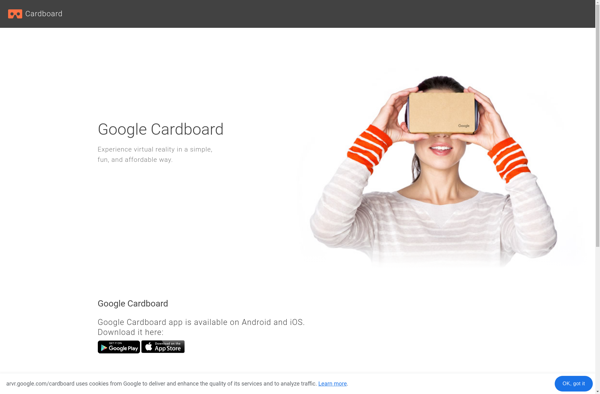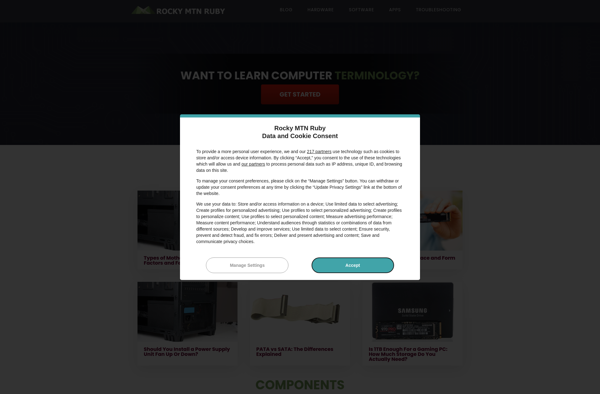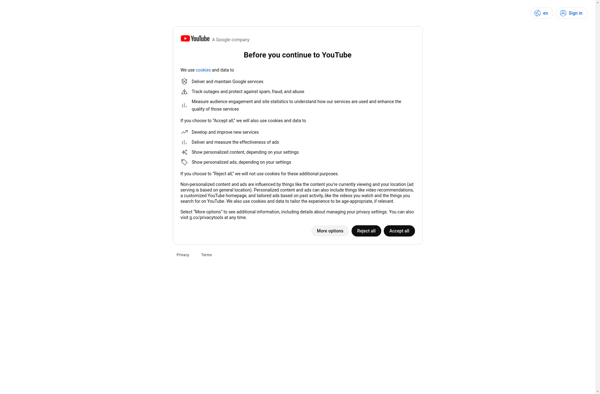Cardboard

Cardboard: Open Source Virtual Reality Platform
Cardboard is an open source virtual reality platform developed by Google for use with a head mount for a smartphone, allowing basic VR experiences through accelerometer and gyroscope tracking
What is Cardboard?
Cardboard is an open-source virtual reality platform developed by Google that allows users to experience basic VR using just a smartphone and a cardboard headset. The Cardboard SDK allows developers to build VR apps for Android and iOS that work with these low-cost Cardboard headsets.
To use Cardboard, a user just launches a Cardboard app on their phone, places their phone into the cardboard viewer, and explores the VR world by looking around. The phone's accelerometer and gyroscope track head movements and update the view accordingly to create an immersive experience. Some Cardboard apps are interactive games and experiences, while others allow users to explore 3D environments or watch 360 degree videos.
A Cardboard viewer can be constructed out of low-cost materials like cardboard, lenses, velcro, and a rubber band, with specs available from Google. There are also many inexpensive viewers available for purchase. This makes Cardboard one of the most affordable ways for anyone with a compatible smartphone to try virtual reality.
Cardboard was created by Google to bring basic VR to the masses by keeping costs low. While it doesn't offer features like positional tracking or controllers, it allows developers to quickly build VR apps for large groups of potential users. Google has open sourced Cardboard and its SDKs to encourage adoption.
Cardboard Features
Features
- Allows for basic VR experiences using a smartphone
- Utilizes the phone's accelerometer and gyroscope for head tracking
- Supports a wide range of Android and iOS devices
- Provides a simple and affordable VR solution
- Encourages the development of VR applications and experiences
Pricing
- Open Source
Pros
Cons
Official Links
Reviews & Ratings
Login to ReviewThe Best Cardboard Alternatives
Top Gaming Software and Virtual Reality and other similar apps like Cardboard
Samsung VR

YouTube VR
